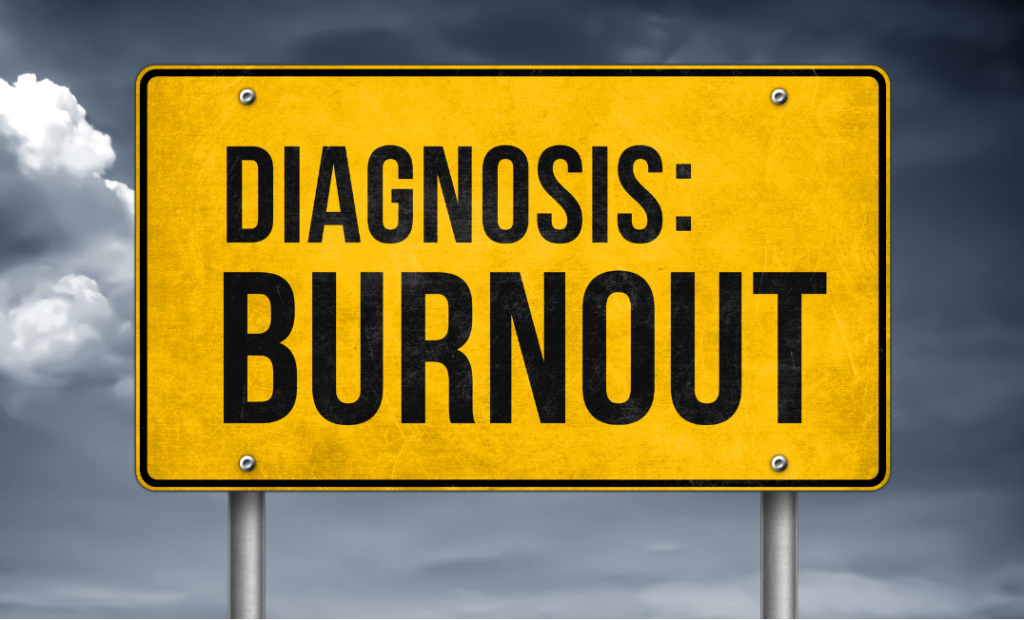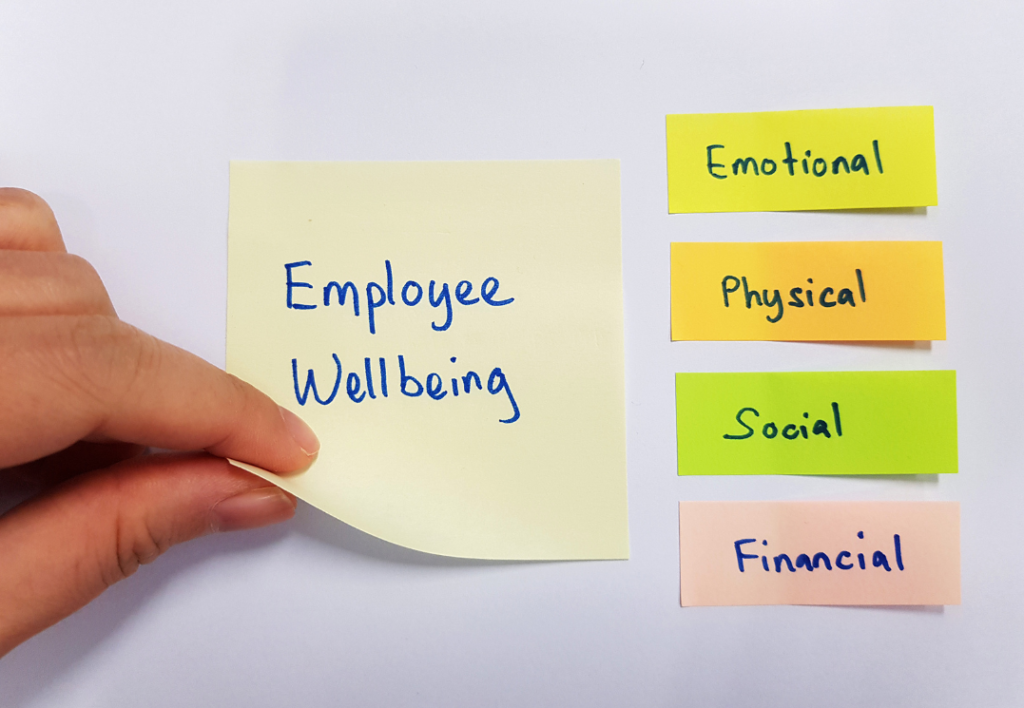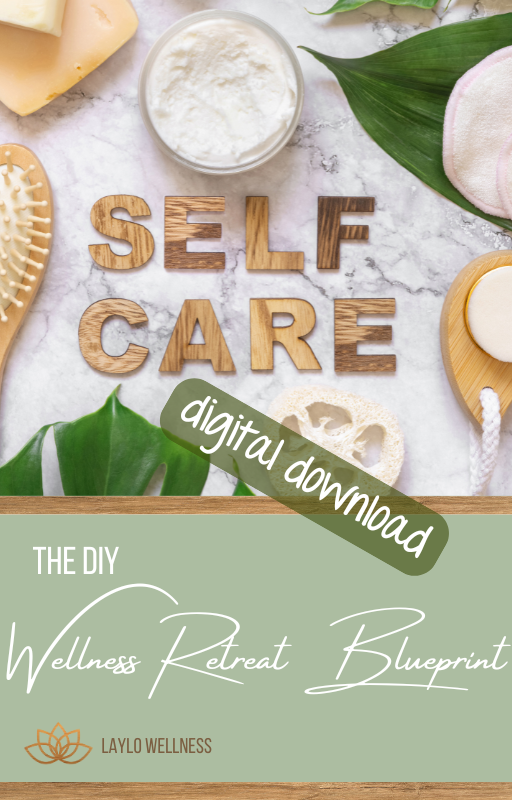
The holiday season is often depicted as a time of joy, togetherness, and celebration. Festive decorations line the streets, holiday music fills the air, and commercials portray idyllic family gatherings.
Yet, for many, the holidays are not a time of cheer but one of stress, sadness, or isolation. If you’ve ever felt a pang of discomfort when the season rolls around, you’re not alone.
The reasons holidays can feel challenging are as diverse as people themselves. Understanding the underlying issues can help us reframe the season in a way that feels healthier and more authentic.
When You Don’t Celebrate the Holidays
For those who don’t observe the holidays for personal, religious, or cultural reasons, December can feel isolating. The societal focus on Christmas or Hanukkah can create a sense of exclusion, as if the world is part of a celebration you’re not invited to join.
This can be particularly tough when coworkers, neighbors, and even strangers continuously ask questions like, “What are your holiday plans?” or assume that everyone is participating in the festivities. Those who don’t celebrate often find themselves navigating awkward conversations, feeling the need to explain their choices—or worse, feeling invisible altogether.
It’s a reminder that holiday cheer isn’t universal and that not everyone feels included in the season’s traditions.
Painful Memories and Loss
For others, the holidays are a trigger for grief or sadness. This time of year often brings memories of loved ones who have passed away, particularly if they were central to holiday traditions.
Beyond bereavement, the holidays can also be reminders of personal struggles. Perhaps a marriage ended, a career faltered, or a health crisis struck during the season in years past. These memories can taint the festivities, turning what might have once been a joyful time into a season of sorrow.
Additionally, there’s the weight of unfulfilled expectations. If you grew up in a household where the holidays were fraught with tension, dysfunction, or financial hardship, the season can dredge up old wounds. It’s not easy to embrace the joy of the present when the past feels like a shadow.
The Overwhelm of Holiday Obligations
Even for those who love the holidays, the pressure to meet societal expectations can feel overwhelming. Between hosting gatherings, shopping for gifts, decorating the house, attending events, and trying to create magical moments for family, the to-do list can feel endless.
This emotional and financial strain can take the shine off the season. The desire to please everyone—your kids, your partner, your friends, and your extended family—can lead to burnout.
If you’re someone who tends to take on a lot already, the holiday season can push you to your limits.

For those juggling demanding careers, caring for aging parents, or supporting adult children, the extra obligations of the holidays may feel like too much. Instead of joy, the season may bring exhaustion and resentment.
Financial Stress
The holidays are also notoriously hard on the wallet. The pressure to buy gifts, host elaborate dinners, and keep up with social obligations can lead to financial strain.
For those who are already managing tight budgets, the season’s expectations can feel crushing. Even when finances aren’t a primary concern, there’s still the cultural pressure to “keep up” with others’ lavish spending, creating feelings of inadequacy.
This focus on materialism can also be disheartening. For those who value deeper connections or personal meaning, the commercialization of the holidays may feel hollow and frustrating.
Seasonal Affective Disorder and Loneliness
The colder, darker days of winter can take a toll on mental health, with many people experiencing seasonal affective disorder (SAD). The holidays, occurring during this challenging time of year, can exacerbate feelings of depression or fatigue.
Additionally, the holiday season can amplify loneliness. For those without close family or friends, the sight of others celebrating together can deepen feelings of isolation. The idea that the holidays should be spent surrounded by loved ones can be painful for anyone who finds themselves alone, whether by circumstance or choice.
Reframing the Holiday Season
If the holidays feel more stressful than joyful, there’s good news: you can take steps to make them better. By releasing certain expectations and embracing new perspectives, it’s possible to find a version of the season that feels more aligned with your needs and values.
- Set Boundaries
It’s okay to say no. Whether it’s turning down an invitation, scaling back on gift-giving, or deciding not to host a gathering, give yourself permission to do less. Don’t be afraid to speak up to friends and family about the level of burnout you are feeling. Delegate the “must have” traditions to others. Boundaries are a powerful tool for preserving your mental and emotional energy. - Create New Traditions
If old traditions feel burdensome or don’t resonate anymore, create new ones. This might mean focusing on experiences over material gifts, spending the day volunteering, or planning a getaway. Tailor the season to reflect what brings you joy and meaning. - Focus on What You Can Appreciate
Even if you don’t celebrate the holidays, there are aspects of the season you might enjoy: the beauty of winter landscapes, cozy nights at home, or the opportunity to reflect on the year. Gratitude doesn’t have to be tied to a specific holiday. - Simplify Gift-Giving
Instead of buying gifts for everyone, consider alternatives like donating to a charity in someone’s name or opting for a Secret Santa exchange. Simplifying gift-giving can ease financial stress and shift the focus to what truly matters. - Prioritize Self-Care
Make time for rest and relaxation. Whether it’s scheduling a massage, enjoying a long walk, or carving out time for your favorite hobby, self-care is essential during a season that often demands so much of us. - Lean on Support
If the holidays are particularly hard for you, don’t hesitate to reach out to a trusted friend, counselor, or support group. Sharing your feelings can be a powerful way to feel less alone and more understood.
Finding Your Own Joy
The holidays don’t have to look like a Norman Rockwell painting to be meaningful. By shifting your focus and prioritizing your well-being, you can transform the season from a source of stress to an opportunity for self-discovery and peace.
Remember, it’s okay to experience the holidays differently from others. There’s no one right way to navigate this season—only the way that feels right for you.

You don’t have to choose between success and well-being. Step away from the chaos, reset your mind and body, and realign with what truly matters. Our wellness retreats, online courses, and free resources give you the space to breathe, reflect, and design a life that feels fulfilling—without guilt, without compromise.
Be the first to know about upcoming retreats—join the info list for dates and details.
Let’s stay connected! Follow us on Instagram, Facebook, YouTube, LinkedIn, and Pinterest, and join the LAYLO Shala for exclusive updates and insights.





















